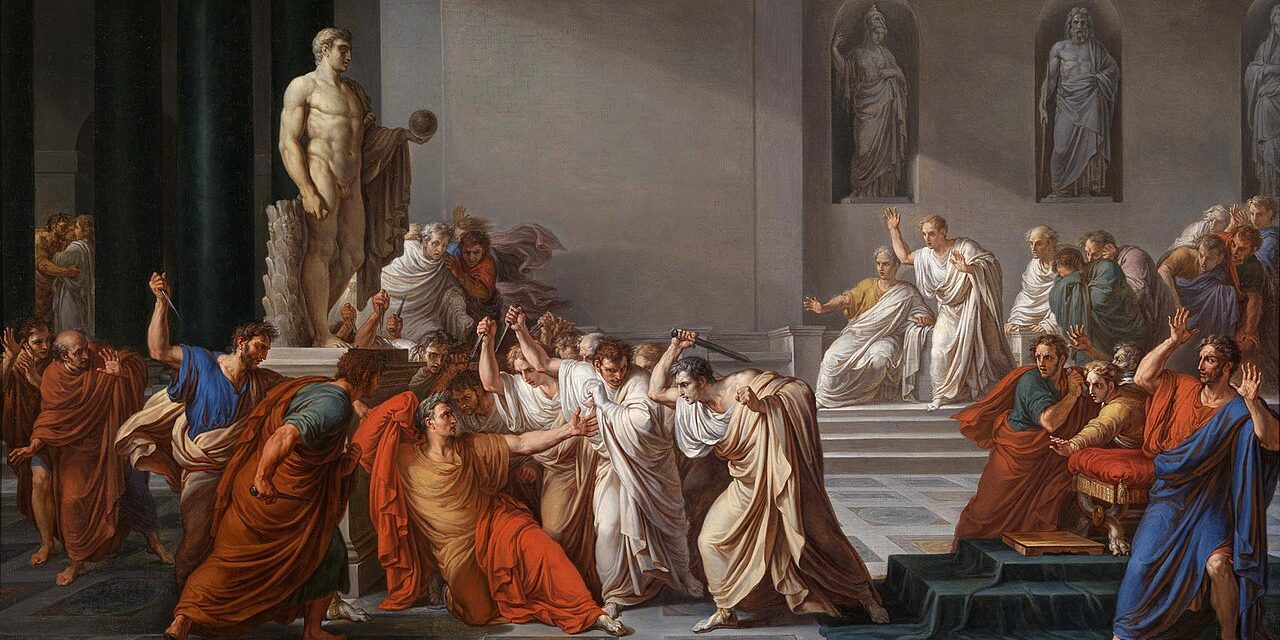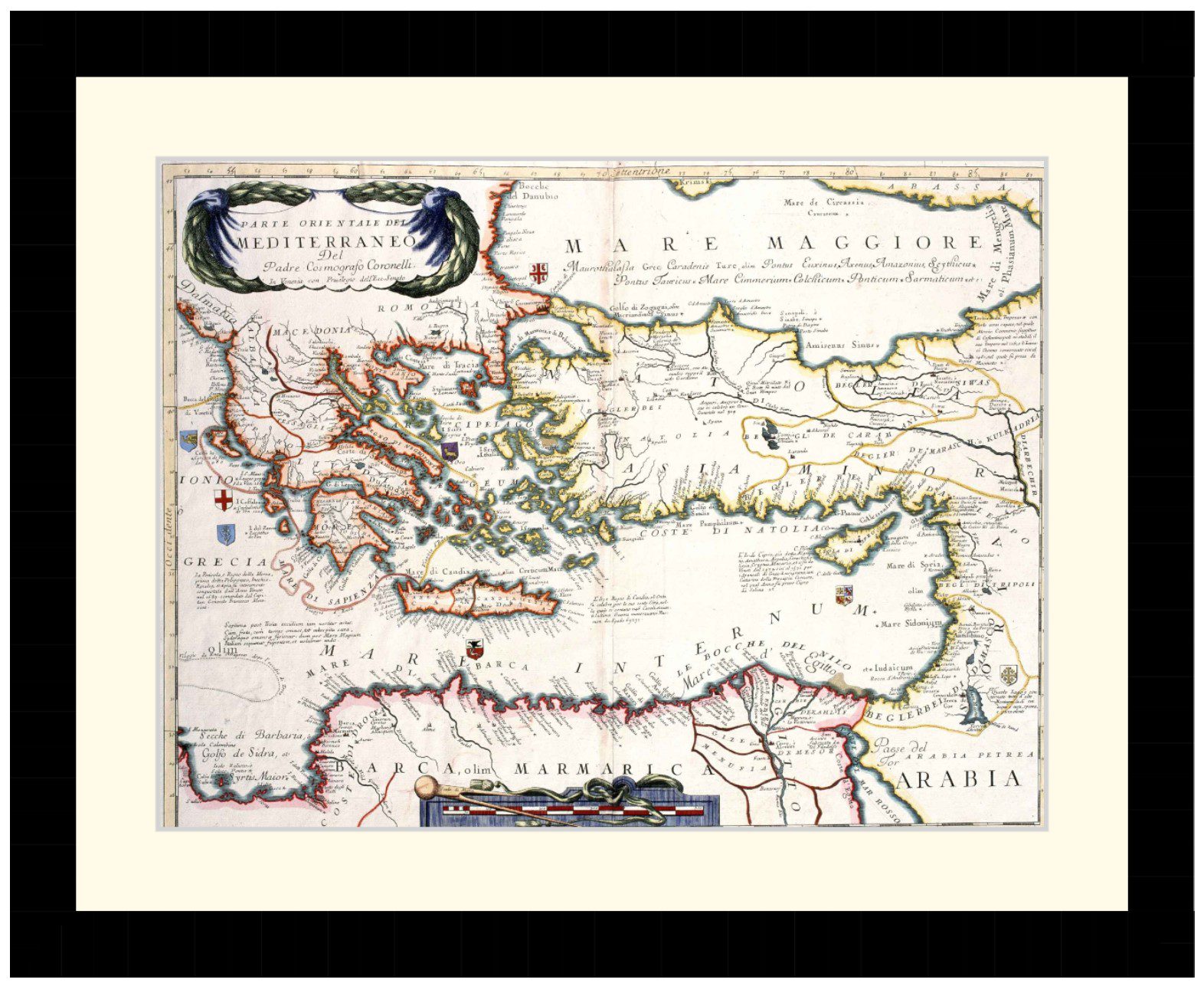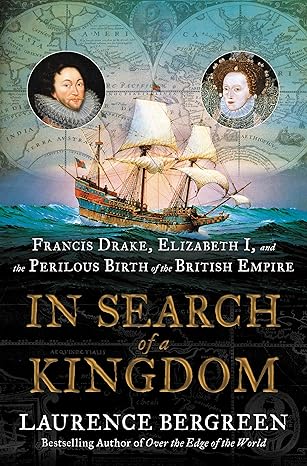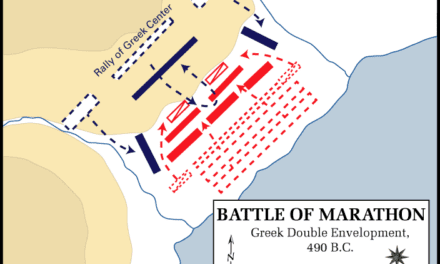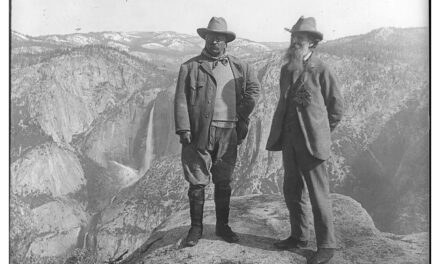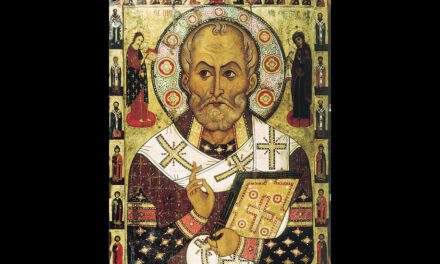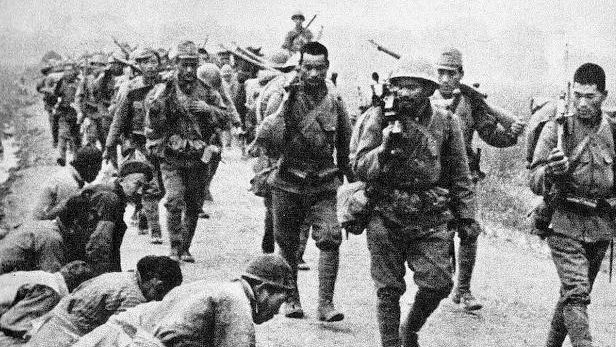History Guild General History Quiz 182
See how your history knowledge stacks up!
Want to know more about any of the questions? Scroll down to learn more!
Have an idea for a question? Suggest it here and we’ll include it in a future quiz!
The stories behind the questions
1. What grievances did Julius Caesar’s assassins hold against him?
He had accumulated too much power and was reducing the prestige of the Senate – Assassinated by a group of 60 or more Roman senators, Caesar had a long path leading to the assassination. It began five years earlier when crossed he the Rubicon river with his army and plunged Rome into Civil War. It was exacerbated when he had himself appointed dictator perpetuo or dictator for life. The final straw was a what the Roman Senate perceived as a series of slights and disrespects that Caesar made towards them.
2. Which of these WW2 military units had women serving in them?
All of the above – The UK Air Transport Auxiliary was responsible for ferrying military aircraft between factories and airfields. 13% of the pilots were women. 10% of these were killed during the war. Around 800,000 women served in the Soviet Armed Forces during WW2, in roles as diverse as pilot, sniper, tank crew and doctor. They even deployed a Separate Women’s Volunteer Rifle Brigade under female officers.
3. Who led the the movement for equal pay for Aboriginal stockmen in the 1960s?
Vincent Lingiari – Working as a stockman at Wave Hill Station, Lingiari led a protest to demand wages for Aboriginal stockmen. Up to this point the Aboriginal workers only received food, tobacco and clothing as their payment, while the White workers received cash wages. After a 10 year strike, the Aboriginal workers were finally successful.
4. When did the Mongol empire reach it’s greatest extent?
1294 – Originating from the Mongol heartland in the Steppe of central Asia, by the late 13th century it spanned from the Pacific Ocean in the east to the Danube River and the shores of the Persian Gulf in the west. At its peak, it covered some 9 million square miles (23 million square km) of territory, making it the largest contiguous land empire in world history.
5. Who was the fourth President of the United States of America?
James Madison – A founding Father who played a large role in the drafting of the Constitution, Madison was President from from 1809 to 1817. He took the USA into the War of 1812, which saw Washington burned by British forces. He also oversaw the USA seizing 26 million acres of land from Native American Nations.
6. What nationality was the first woman in space?
Russian – Valentina Tereshkova was the first woman to go to space in June 1963 at the age of 26. Born in the tiny village of Bolshoye Maslennikovo, 300km north of Moscow, the former textile worker had no experience as a pilot but was an avid skydiver. This experience proved to be of value as cosmonauts were required to parachute from their capsules upon returning to the Earth. After 18 months of training, Tereshkova launched into space on June 16, 1963 aboard her Vostok 6 spacecraft. During her three-day mission, she orbited the Earth 48 times. Following Tereshkova’s successful flight, the first program for women cosmonauts was scrapped. It would be nearly two decades before the next woman, cosmonaut Svetlana Savitskaya, would fly in space with her Soyuz T-7 mission in 1982.
7. In 1913 who made the famous ‘Freedom or Death’ speech?
Emmeline Pankhurst – Delivered in Hartford, Connecticut, to explain why women had adopted revolutionary methods in order to win the rights of citizenship.
8. When did the Irish start farming potatoes?
1590 CE – Brought to Europe from South America by the Spanish, the Irish adopted the potato more comprehensively than any other place on earth. Farmers found that potato crops could produce double the value of food in the same land. By the 1830s around 35% of Irish people depended on the potato as their main source of food. In 1845 the Potato Blight caused the loss of much of the crops in the following years and a terrible famine.
9. Who painted ‘Starry Night Over the Rhône’, shown below?

Vincent van Gogh – One of three paintings Van Gogh made during the same month which incorporate the night sky and stars. Van Gogh was a prolific artist, producing approximately 2100 artworks in a decade, with the majority created in just a two year period.
10. In which area did Australian forces fight during both WW1 and WW2?
All of the above – Australia’s first military action of WW1 was an expedition to capture the colony of German New Guinea, which they did in 1914. During WW2 Australian forces fought the Japanese in Papua and New Guinea from 1942-45.
Australian forces fighting the Ottomans entered Damascus in October 1918, while Australian forces fighting the Vichy French captured Damascus in June 1941.
Royal Australian Navy vessels saw extensive combat in the Mediterranean Sea during both WW1 and WW2.

